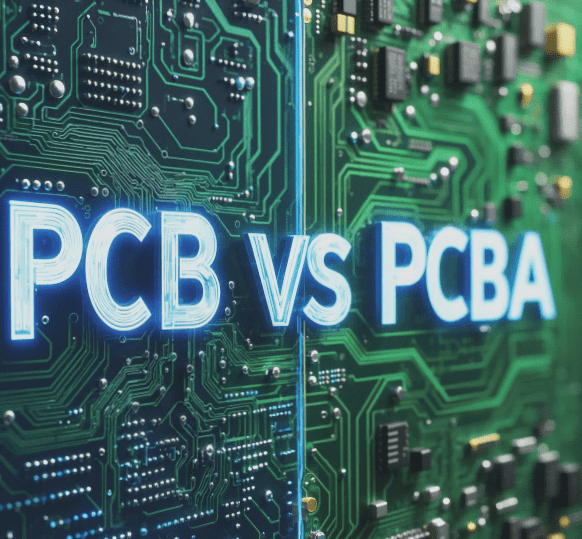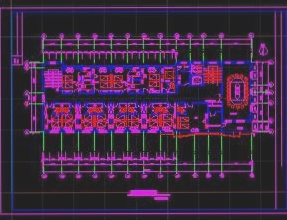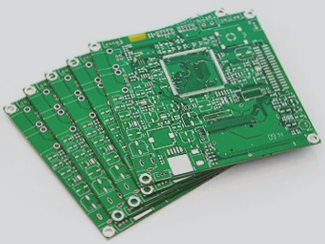Enhancing PCB Manufacturing Reliability with Digital Image Correlation
Reliability plays a crucial role in PCB board manufacturing. To ensure optimal performance, it is essential to proactively design for reliability rather than relying on retrospective measures. Understanding material behavior and interactions is key to improving reliability, with factors such as thermal expansion coefficient and transition temperature playing significant roles.
Importance of Material Selection
Choosing the right materials is critical in preventing issues like component and joint stress. To address this, studying material properties is essential for enhancing reliability in PCB manufacturing.
Digital Image Correlation (DIC) Technology
DIC is a valuable tool in the reliability process, offering precise measurements and reliable data. Whether for material selection, testing, monitoring, or simulation, DIC provides accurate results and minimizes errors.
Working Principle of DIC
DIC is an optical method that measures displacement and deformation by applying a pattern of contrasting spots to a sample. These spots are then tracked to observe deformation without the need for direct contact with the sample.
Advantages of DIC
- Provides full-field displacement measurements
- Does not require contact with the sample
- Capable of measuring deformation accurately
Application of DIC in PCB Manufacturing
DIC can be used in various aspects of PCB manufacturing, including material selection, testing, and monitoring. It is a versatile technique suitable for different sample sizes.




